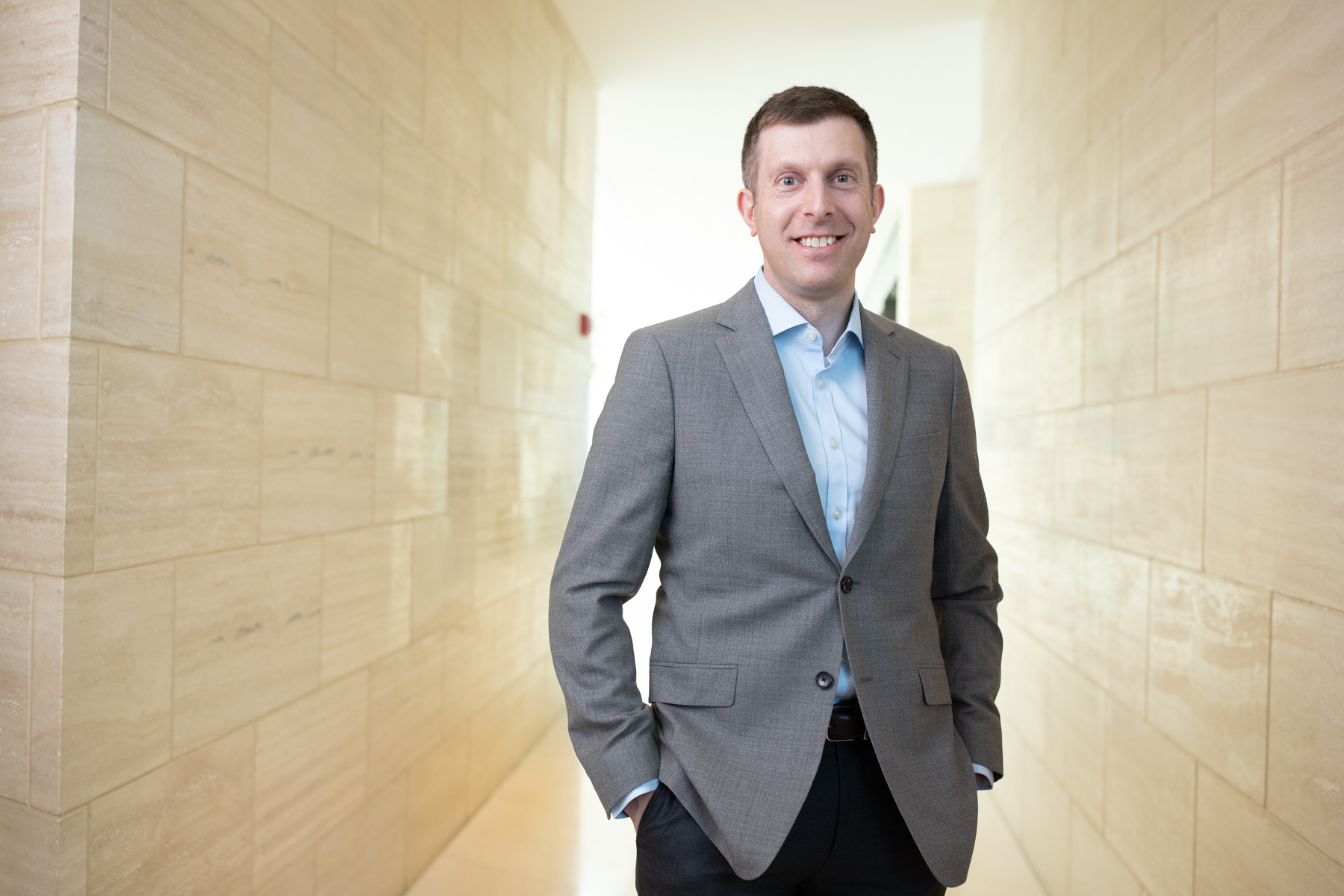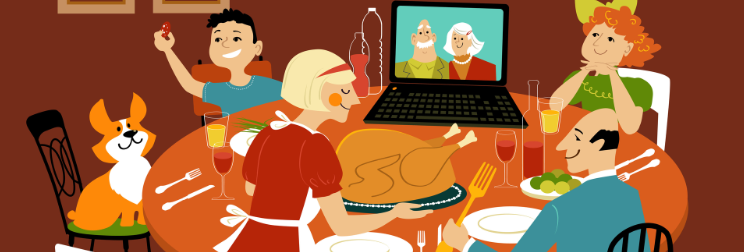by Buck Institute
November 18, 2020 . BLOG
What is your COVID-19 budget?
 By Dr. John Newman, Assistant Professor at Buck Institute and Assistant Professor, Division of Geriatrics at UCSF Medicine
By Dr. John Newman, Assistant Professor at Buck Institute and Assistant Professor, Division of Geriatrics at UCSF Medicine
I recently tweeted some thoughts about the current status of the COVID-19 pandemic. As we watch this pandemic wave reach daily new records, with hospitalizations nationally at their highest point yet, I want to update and re-emphasize some of these thoughts in this blog post.
First, the good news: we are starting to see data from Phase 3 vaccine trials and it’s looking promising! I’m sure you heard about Pfizer’s data and now Moderna’s data indicating vaccines that are more than 90% effective. And each sign that a vaccine is effective makes it more likely that other vaccines following in the pipeline will be effective too. As Dr. Anthony Fauci says, the cavalry is coming, and hopefully that will give us strength to get through the winter. Because we need it.
After driving down our summer numbers and keeping them low for months, even here in the Bay Area we are starting to see a local resurgence of new cases and hospitalizations. The numbers are far lower than in many other parts in the country and our medical system has plenty of capacity, but it is important to take notice now. By the time we see cases rising fast, things are already worse than they seem. I applaud our local leaders in sounding the alarm and taking steps, like pausing indoor dining and encouraging quarantining after travel, that can help tamp down transmission rates before we have a serious problem. You can track the local status here: https://covid19.ca.gov/safer-economy/
I also want to talk about the underlying reason we see these cases going up. I think the largest driver is our collective need for one another. We’re all desperate for social contact and for things to go back to normal (other than those commute times that few of us are missing). We’re seeing evidence that this national wave and our Bay Area resurgence are driven by indoor gatherings in private homes. If we ever needed to show proof that humans are social animals, the fact that people are risking lives to sit on someone else’s lumpy couch and share a meal together should be evidence enough. But it is not just own lives we risk. We risk the lives of those we are with, and even of people in our community we have never met yet who will be infected because of our actions.
In the spring wave of this pandemic, the number of cases rose drastically because of community spread that we didn’t know was happening. We didn’t know how much confined indoor spaces contributed to transmission. We didn’t know how well the virus spread through aerosols floating through the air. We didn’t know if surfaces (doorknobs, touchpads, etc) were a major source of transmission (they aren’t, thankfully). We also didn’t know how effective masks are at preventing transmission in confined spaces when worn properly and consistently. Eight months later, we have an incredible body of knowledge built up around the best ways to keep each other safe. You should capitalize on our collective knowledge and creativity to find ways to stay connected.
The spread of the virus is dependent on our collective actions. Every one of our actions affects everyone else, and vice versa. It's like we have a community virus budget for all of us. A low-risk activity takes a little from that budget, a high risk activity takes a lot. A masked walk with a friend costs a quarter. An indoor party with 30 unmasked people more like a $1000. And that’s not just your $1000, it depletes the budget for the whole community—your indoor hangout might mean that someone else’s dental practice or convenience store becomes a transmission hazard. As cases go higher, the “cost” for each activity gets higher, too. There is a cool tool from Georgia Tech that lets you calculate the odds that someone at dinner is infected: https://covid19risk.biosci.gatech.edu/. There’s even an online calculator called microCOVID that figures out the “cost” in COVID risk of any activity you do.
This is all extra hard to think about as the holiday season… is here? I’m getting a lot of ads for Black Friday deals and the Macy’s Christmas tree is up at Union Square, so finding safe ways to celebrate the holidays definitely seems timely. Keep the virus budget in mind. Virtual gatherings on Zoom or Facetime cost nothing. A pie exchange “costs” a whole lot less than eating a full meal together indoors. A walk outside is almost free. An outdoor meal (maybe with an open-sided tent or outdoor heater) is much more “affordable” COVID-wise than something inside with lots of people. We’ve learned this in the hospital too – under normal circumstances, health care providers have a bigger risk of catching COVID in the break room than in the ICU. Big indoor dinners with people from a bunch of different households will break the COVID budget for all of us – and lead, collectively, to thousands and thousands more deaths among our loved ones.
Celebrate the holidays! Celebrate with those you love! Do it virtually, do it outdoors, do it in a small group, do it for a short time, do it distanced, do it bubbled, do it masked. If you want to gather safely with loved ones outside your household, everyone should commit to “bubbling up” together for 1-2 weeks before the holiday – limiting their exposure to anyone outside the group. That doesn’t mean everyone has to lock themselves up. It just means everyone in the group puts off any high-risk activities, doesn’t have close interactions outside the bubble, stays away from anything that would unnecessarily expose them to COVID, and is extra diligent about wearing masks and being careful at work and shopping. Then get tested a week or so into the bubble, before the gathering, if you can. This is all a small price to pay for making sure a family holiday gathering isn’t followed by a family hospital gathering. And remember that vaccines are on the way! We can all do this for one holiday season.
Remember that viruses literally feed on our social relationships. And we can fight viruses with the best parts of those relationships: honesty, responsibility, and caring for each other. Even if it means keeping our distance.

SHARE